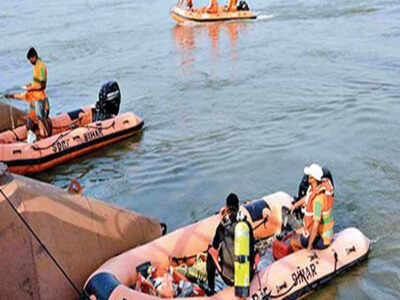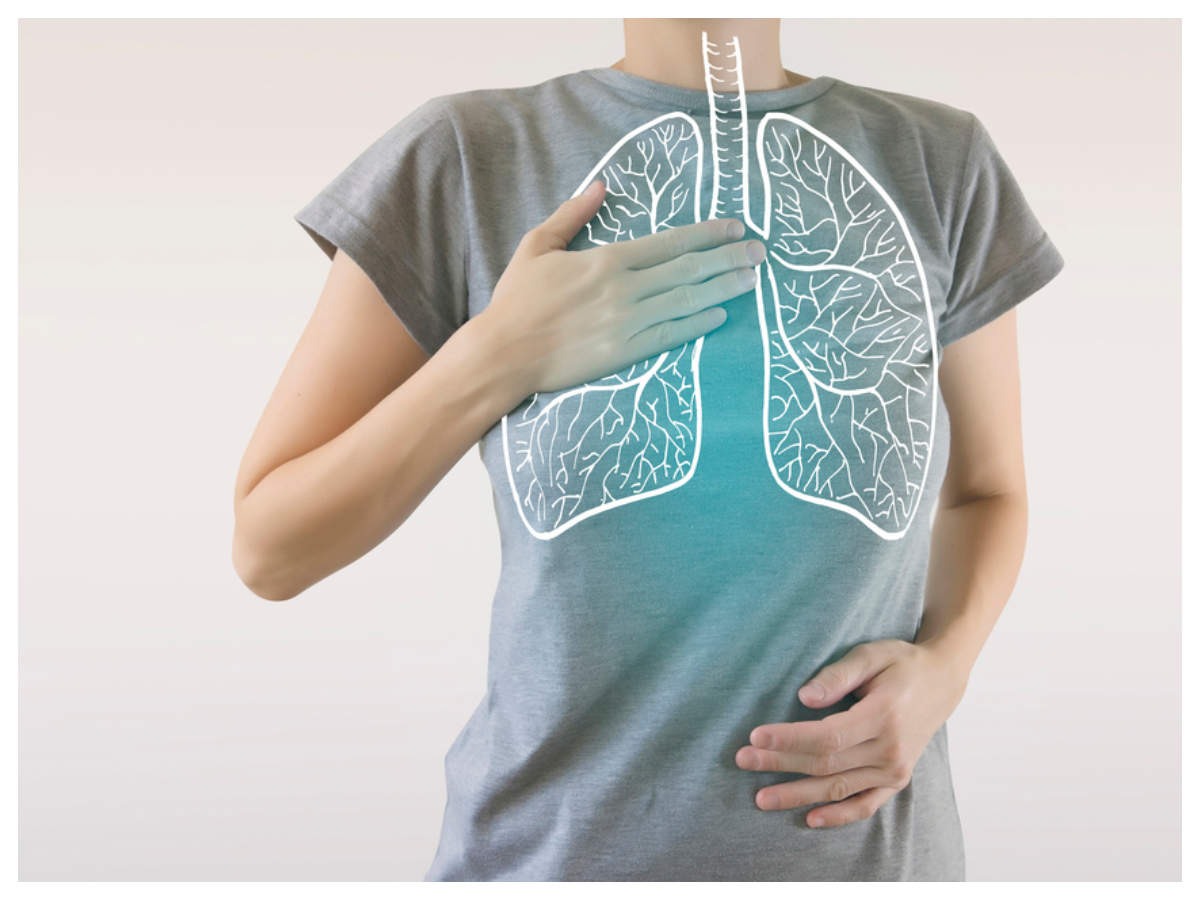
PATNA: The nationwide lockdown has come as a blessing in disguise for the Ganga. As per a study conducted by Bihar State Pollution Control Board (BSPCB) on April 26, the stretch of Ganga passing through Patna is fast recovering from the load of pollution, both physicochemical and bacteriological.
The BSPCB, in the lab test of Ganga water samples from six places in Patna, found phenomenal decrease in the number of contaminants, including total coliform (TC) and faecal coliform (FC) bacteria compared to the last three years.
Other pollutants like dissolved oxygen (DO), biochemical oxygen demand (BOD) and pH also indicated improvement in the water quality in April compared to this period in 2017, 2018 and 2019.
While the average FC count at Digha ghat in Kurji sharply dropped from 2800 to 1650, the TC load there also declined from 5500 to 3250. The most probable number (MPN) for FC and TC in the river water is 100. The TC load at Triveni ghat at Punpun and Malsalami in Patna City also dropped from 7867 and 2667 to 2600 and 2050, respectively. While the FC decreased from 6067 to 6050 at Gai Ghat, the TC number there increased from 11,267 to 15300.
BSPCB chairman Ashok Kumar Ghosh said water samples from more places could not be collected due to the lockdown. “The physicochemical status of the Ganga has also witnessed positive signs as the DO quantity, which remained around 7.7mg per litre during the last three years, moved up to 8.7mg per litre this month. The DO, as per the water quality criteria, should be 5 or more. Likewise, The Ganga showed recovery trend from pollution on the scales of BOD and pH,” Ghosh said.
He added: “The water samples from Kacchi Dargah and Fatuha also indicated good signs.”
Ghosh cited the reason behind recovery of water quality in the Ganga to the nationwide lockdown. “Shutting down of industries in neighbouring Uttar Pradesh and a halt on human activities in the open and even on the river banks, like bathing, washing of cattle, dumping of garbage, religious rituals, washdown of pesticides and pharmaceutical wastes, contributed to the improvement of the water quality,” he said.
The BSPCB, in the lab test of Ganga water samples from six places in Patna, found phenomenal decrease in the number of contaminants, including total coliform (TC) and faecal coliform (FC) bacteria compared to the last three years.
Other pollutants like dissolved oxygen (DO), biochemical oxygen demand (BOD) and pH also indicated improvement in the water quality in April compared to this period in 2017, 2018 and 2019.
While the average FC count at Digha ghat in Kurji sharply dropped from 2800 to 1650, the TC load there also declined from 5500 to 3250. The most probable number (MPN) for FC and TC in the river water is 100. The TC load at Triveni ghat at Punpun and Malsalami in Patna City also dropped from 7867 and 2667 to 2600 and 2050, respectively. While the FC decreased from 6067 to 6050 at Gai Ghat, the TC number there increased from 11,267 to 15300.
BSPCB chairman Ashok Kumar Ghosh said water samples from more places could not be collected due to the lockdown. “The physicochemical status of the Ganga has also witnessed positive signs as the DO quantity, which remained around 7.7mg per litre during the last three years, moved up to 8.7mg per litre this month. The DO, as per the water quality criteria, should be 5 or more. Likewise, The Ganga showed recovery trend from pollution on the scales of BOD and pH,” Ghosh said.
He added: “The water samples from Kacchi Dargah and Fatuha also indicated good signs.”
Ghosh cited the reason behind recovery of water quality in the Ganga to the nationwide lockdown. “Shutting down of industries in neighbouring Uttar Pradesh and a halt on human activities in the open and even on the river banks, like bathing, washing of cattle, dumping of garbage, religious rituals, washdown of pesticides and pharmaceutical wastes, contributed to the improvement of the water quality,” he said.

Coronavirus outbreak
Trending Topics
LATEST VIDEOS
More from TOI
Navbharat Times
Featured Today in Travel
Quick Links
Kerala Coronavirus Helpline NumberHaryana Coronavirus Helpline NumberUP Coronavirus Helpline NumberBareilly NewsBhopal NewsCoronavirus in DelhiCoronavirus in HyderabadCoronavirus in IndiaCoronavirus symptomsCoronavirusRajasthan Coronavirus Helpline NumberAditya ThackerayShiv SenaFire in MumbaiAP Coronavirus Helpline NumberArvind KejriwalJammu Kashmir Coronavirus Helpline NumberSrinagar encounter
Get the app









